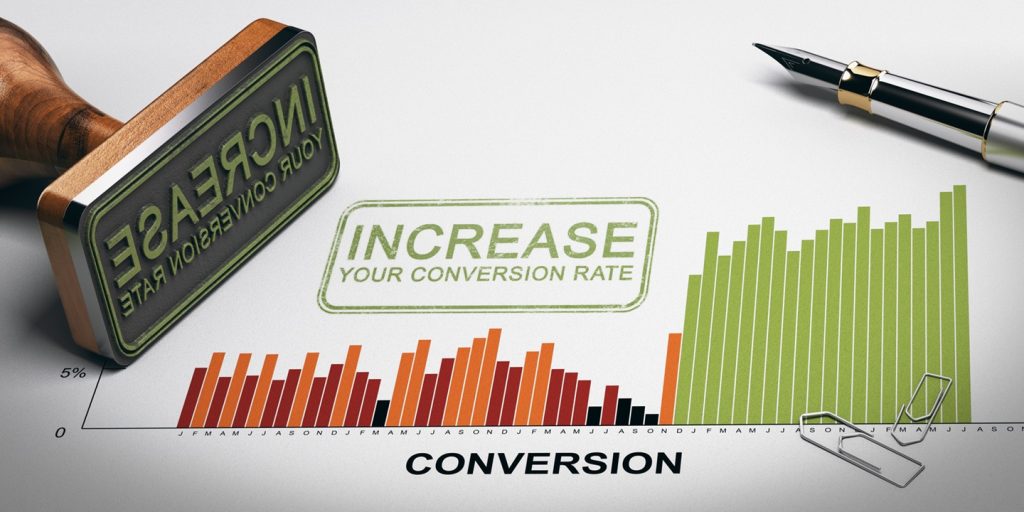Website Speed Optimization: Enhancing User Experience and Boosting SEO Rankings

In today’s fast-paced online world, website speed is paramount for a successful online presence. Slow-loading websites not only frustrate visitors but also contribute to higher bounce rates, lower conversion rates, and ultimately, a negative impact on your business’s bottom line. Moreover, search engines like Google have made website speed a crucial ranking factor, emphasizing the need for website owners to prioritize speed optimization. In this blog post, we will explore the significance of website speed optimization and provide valuable tips to enhance the performance of your website.
Why is Website Speed Optimization important?
1. Improved User Experience:
First, a fast-loading website creates a positive user experience, making visitors more likely to stay, engage with your content, and ultimately convert into customers. According to studies, users expect a webpage to load within 2-3 seconds, and anything beyond that can lead to frustration and abandonment.
2. Enhanced SEO Rankings:
Search engines, particularly Google, consider website speed as a ranking factor. Additionally, a slow website can negatively impact your organic search rankings, resulting in reduced visibility and organic traffic. Moreover, by optimizing your website’s speed, you increase the chances of ranking higher in search engine results, ultimately driving more organic traffic to your site.
Tips for optimizing website speed
1. Minimize HTTP Requests:
Reducing the number of HTTP requests made by your website is one of the most effective ways to enhance speed. Combining CSS and JavaScript files, utilizing CSS sprites, and minimizing the use of external scripts can all significantly reduce the number of requests made to the server.
2. Enable Compression:
Compressing your website’s files, such as CSS and JavaScript, helps reduce their size, resulting in faster load times. Gzip compression, a commonly used method, can significantly reduce file sizes without compromising their functionality.
3. Optimize Images:
Images often contribute to slow website load times. By optimizing images through compression and choosing the appropriate file formats (JPEG, PNG, or SVG), you can significantly reduce their file sizes while maintaining visual quality. Additionally, lazy loading images, where images are loaded only when they appear in the user’s viewport, can further improve speed.
4. Utilize Caching:
Caching involves storing frequently accessed data in a user’s browser, allowing subsequent visits to your website to load faster. Implementing browser caching, server-side caching, and content delivery network (CDN) caching can significantly reduce server response times and enhance overall website speed.
5. Minify CSS, JavaScript, and HTML:
Removing unnecessary characters and white spaces from your CSS, JavaScript, and HTML files can minimize their file sizes, resulting in faster rendering by browsers.
6. Optimize Your Hosting:
Choosing the right hosting provider and plan is crucial for website speed optimization. Consider opting for a hosting provider that offers fast servers, solid-state drives (SSDs), and robust infrastructure to ensure optimal website performance.
7. Regularly Monitor and Audit Site Speed:
Regularly check your website’s speed using tools like Google PageSpeed Insights, GTmetrix, or Pingdom. Lastly, these tools provide detailed insights, recommendations, and actionable steps to optimize your website’s speed further.
How Website Speed Optimization Helps to a Successful Business
Website speed optimization plays a crucial role in the success of a business in several ways:
1. Better User Experience: First, a fast-loading website provides a seamless and enjoyable experience for users. When visitors have a positive experience on your site, they are more likely to stay longer, explore your content, and take desired actions, such as making a purchase, filling out a form, or subscribing to your newsletter. This ultimately leads to higher conversion rates and customer satisfaction.
2. Increased Conversions and Sales: Studies have shown that the longer it takes for a website to load, the higher the chances of visitors abandoning the site. A slow website can significantly impact your conversion rates, leading to missed opportunities and potential revenue loss. On the other hand, a fast-loading website creates a smooth journey for users, encouraging them to complete their desired actions and increasing your chances of converting them into paying customers.

3. Improved Search Engine Rankings: Search engines, particularly Google, consider website speed as one of the ranking factors. A slow website can negatively impact your organic search rankings, resulting in lower visibility and reduced organic traffic. Moreover, by optimizing your website’s speed, you increase your chances of ranking higher in search engine results, driving more organic traffic to your site and gaining a competitive edge.
4. Mobile Optimization: With the increasing use of mobile devices, having a fast mobile website is crucial. Mobile users tend to have less patience than desktop users. Additionally, they expect websites to load quickly on their smartphones or tablets. By optimizing your website speed for mobile devices, you provide a seamless browsing experience to your mobile users, ensuring they engage with your content and take desired actions, ultimately contributing to your business’s success.
5. Enhanced Brand Reputation: Website speed is often perceived as a reflection of a business’s professionalism, reliability, and commitment to user experience. A slow-loading website can give a negative impression to visitors, damaging your brand reputation. On the other hand, a fast website conveys efficiency, reliability, and a commitment to providing a high-quality user experience. Lastly, a positive brand reputation fosters trust, credibility, and customer loyalty, ultimately contributing to the success of your business.
Conclusion
Website speed optimization is vital for delivering an exceptional user experience, driving organic traffic, and achieving higher search engine rankings. By implementing the tips mentioned above and regularly monitoring your website’s speed, you can ensure that your website loads swiftly, engages visitors, and ultimately contributes to your online success. Remember, a fast website is a key ingredient for online growth and customer satisfaction.
Also Read The Complete Guide to Drone Training in Singapore: Costs, Courses, and Benefits








